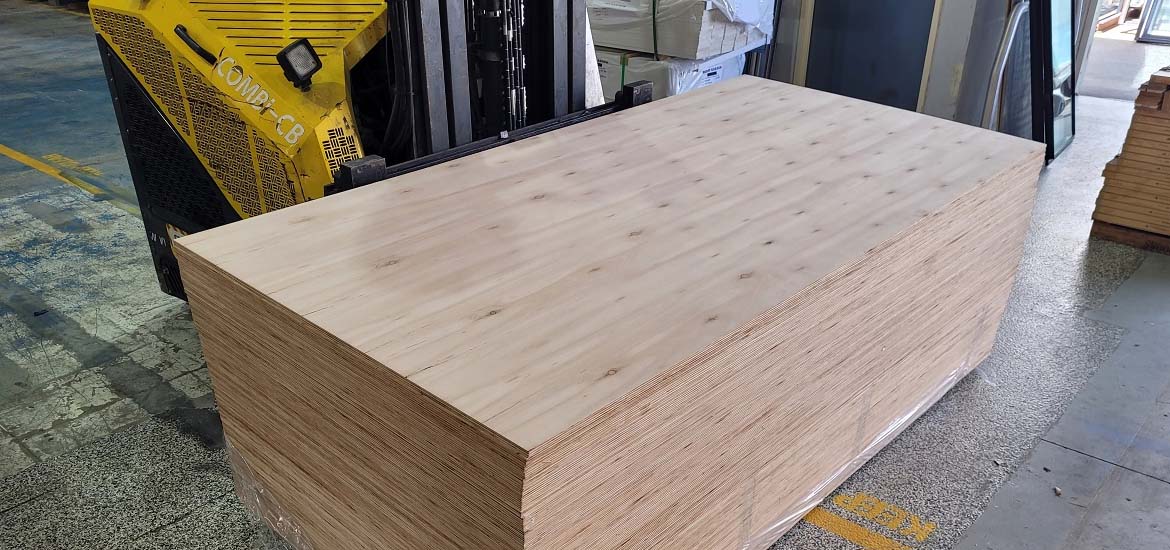Calibrated Plywood

Calibrated Plywood
The most common material used (pressed) in the production of calibrated plywoods is core veneer composers. Manufacturers also install sanding machines, glue spreaders, and other equipment in addition to core veneer composers. In a hydraulic hot press, the constructed core veneers are first put through a two-way pressing process. The unequal thickness of veneers is pressed to generate uniformly thicker plywood, which is subsequently sanded for calibration. A wide belt sanding machine is then used to resand it. The final output is a calibrated plywood with a flawless polish. Precise finishing and a zero-surface core gap are possible thanks to excellent engineering.
The constant thickness of calibrated plywood is obtained by calibrating it in current high-end machinery. It is an appropriate panel product for use by mechanised automated furniture producers due to its uniform thickness all around the ply. Users are recognising the usage of this plywood in furniture, beds, kitchen cabinetry, wardrobes, and sofas, resulting in an increase in the demand for plywood with no thickness fluctuation.
Its smooth surface makes post-lamination and post-forming for furniture, inserts, and modular items incredibly simple. The thickness of the plywood is consistent, and there are no irregularities in the plywood. The calibrated plywood has a high tolerance, making it suitable for use in kitchens.


Our Brands




